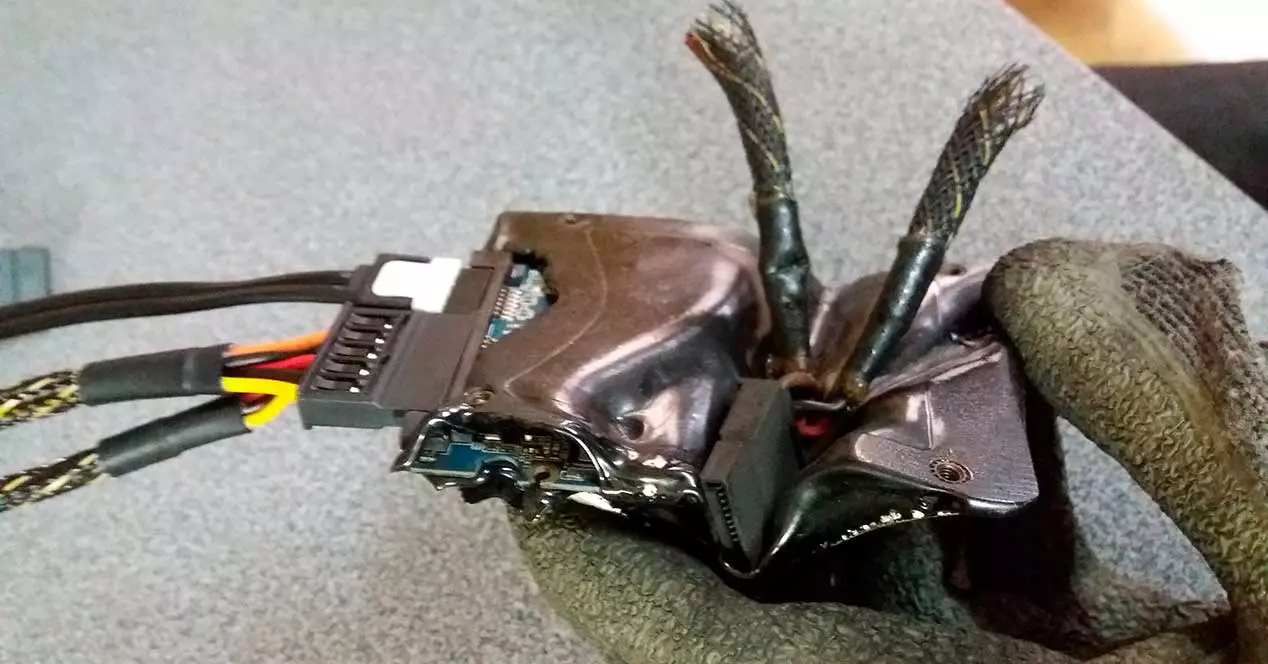
How many years have we been with SSDs on the market? Well, more than a decade easily, although the first solid state drive was created in the 80s as such based on a prototype. In all these years, surely many of you have asked yourself something very basic: the processor is overclocked, the graphics card is overclocked, the RAM memory is overclocked, different buses, but why don’t the SSDs be overclocked?
There are several reasons why the words performance/overclock/SSD don’t go together and in all cases they have the same answer: data integrity. Everyone has tried, they have even succeeded, but over time and a poorly adjusted data loses integrity and thus becomes corrupted, but what if this did not happen?
Overclock an SSD: not even Intel has succeeded
A few weeks ago we saw how one of the many Intel projects that have ended up in oblivion was precisely that: managing to overclock its SSDs. The project was canceled and the reasons were not explained, just as other companies that have tried it, such as Samsung, have not done so.
We are going to try to detail why an SSD cannot be overclocked today so that we understand where this technique is going in solid state drives.
NAND Flash memory access time
It is something fundamental that every manufacturer tries to minimize. The access time for a NAND Flash memory varies depending on the technology used in terms of bits per cell and of course how each manufacturer implements it. To get an idea, the access time increases with a greater number of layers, but it also decreases when it goes down to a smaller lithography, all due to the scheme that they follow in operation.
This is a value closely guarded by each brand, but we can say that for current nanometers and in TLC the average access time is 15 ms per cell (total time). The problem is that reducing that time in each of them is practically impossible due to their total number and because the value is not stable and varies in a few milliseconds depending on the quality of the chip in question. Integrity is too much at stake to even value reducing access time by overclocking.
the controller
The easiest method would be to increase the frequency of the cell controller, first because it is affordable and programmable, second because it is a single value for a single chip, and third because it requires less total voltage than the cells and is not subject to save important information.
The problem here is twofold. First of all for data security. Accessing the controller through software implies that we expose it to much more direct attacks on our data and secondly, the controller is the one who manages the input, output and disposition of the cell data, so an error means a loss of data integrity once again.
So in summary, companies, including Intel and Samsung, place a much higher value on correct data in cells than on increasing a 5% or 7% transfer rates or reduced access time, because no one in their right mind would keep corrupt data on their SSD at the expense of a minor upgrade to their solid state drive. Therefore, overclocking SSDs will be a pipe dream as long as cell technology and controller security remain the same.